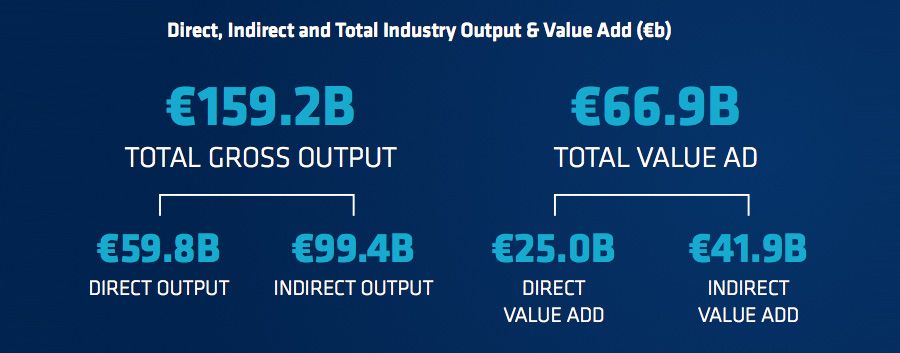The total output from all global motorsport activity – and wider economic activity from its participants – amounts to nearly $160 billion. This is according to research by EY-Parthenon, commissioned by the Fédération Internationale de l’Automobile (FIA).
The study takes a broad approach, using the FIA’s definition of motorsport as “any competition or related sport activity restricted to vehicles that have at least four non-aligned wheels, and are constantly and entirely controlled by a driver on board the vehicle.”
Crowd favourites such as Formula One, Dakar, LeMans as well as a range of other sports – karting, drag racing, drifting to name a few – all fall within this broad ambit. As the overarching governing body for this world, the FIA sought a real picture of the industry’s economic value – choosing EY-Parthenon to conduct the strategic market assessment.

More than 20,000 surveys combined with widespread data analysis went into the report, which portrays a thriving ecosystem that sustains jobs, sub sectors and income at a sizeable magnitude. In fact, the roughly $160 billion in gross output from motorsport worldwide actually exceeds the combined gross output of the world’s 15 smallest nations according to the researchers.
A far-reaching industry in numbers: motorsport is home to 2.7 million participants – including competitors, officials, marshals, volunteers and other members; nearly 150 governing bodies; 21,600 local motorsport clubs; and more than 7,000 facilities, tracks and circuits. This is topped off by input from non-track events; professional teams; and – significantly – a cohort of auto-related industries across manufacturing, repair and maintenance.
Linking this complex web is a host of revenue streams – from spectatorship and tourism to licensing fees and manufacturing output. The study goes wider still: an FIA statement explains how the $160 billion figure includes “the market value of goods and services produced by the motor sport industry plus the flow-on, or multiplier, effects of the direct expenditure throughout the economy.”

“For example, money spent at restaurants by event attendees is allocated between the additional material inputs, food and drink, wages, and profits of the proprietor. Wages spent by the employees of the restaurant (e.g. on household items) circulate the money throughout a broader section of the economy creating indirect benefits.”
For a more defined picture, the researchers note that the direct output from motorsport amounts to roughly $60 billion – including services, manufacturing, engineering, etc. The range of indirect waves described above make up the remaining $100 billion or so.
Another bit of nuance is the distinction between output and value added – the latter defined as “the market value of goods and services produced by the motor sport industry, after deducting the cost of goods and services used.”

Per the researchers, value add tends to be a more accurate reflection of an industry’s economic weight – which comes out to roughly $67 billion for the motorsport industry. Again, $25 billion of this is direct, while over $40 billion comes from indirect production revenues and cost.
So the figures can be interpreted in several ways. That said, an undeniable fact here is that motorsport is growing as an industry. When considering direct output, for instance, the study highlights 90% growth in motorsport between 2007 and 2019.
The pandemic’s impact on the sector – likely a transformational variable – was not included in the study, although the industry’s economic fundamentals combined with a rapid uptick in sporting events this year spell good fortune in years to come.
"industry" - Google News
August 02, 2021 at 11:05AM
https://ift.tt/2WLKjDN
EY-Parthenon study for FIA: Motorsport a €160 billion industry - Consultancy.eu
"industry" - Google News
https://ift.tt/2RrQtUH
https://ift.tt/2zJ3SAW
Bagikan Berita Ini















0 Response to "EY-Parthenon study for FIA: Motorsport a €160 billion industry - Consultancy.eu"
Post a Comment